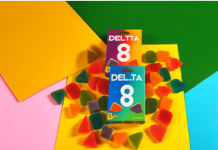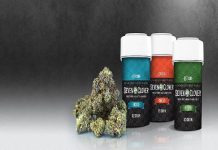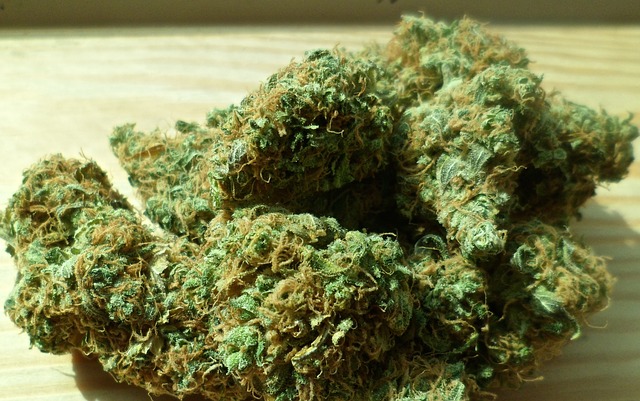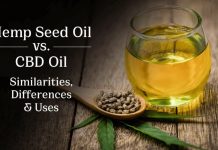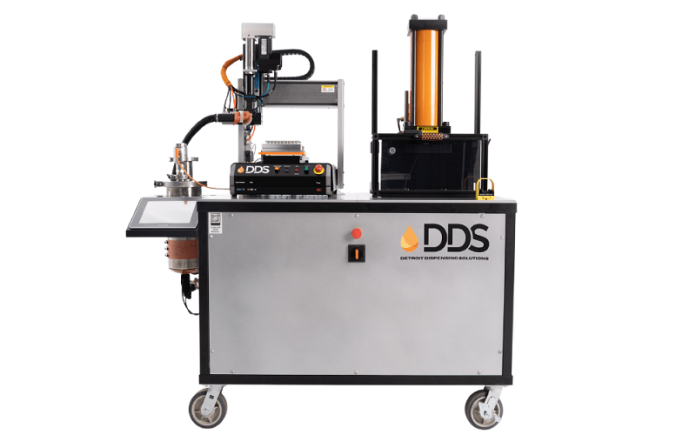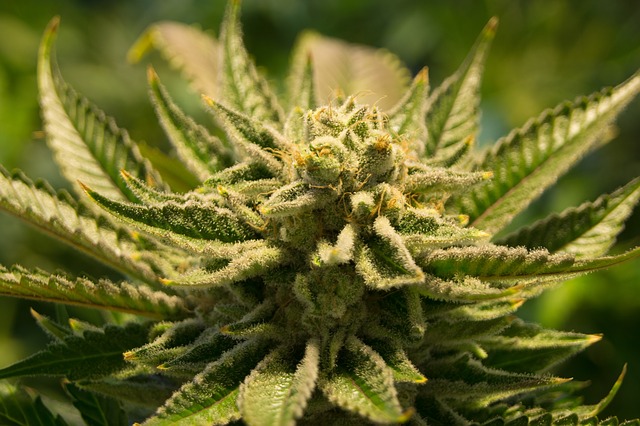Walk into any dispensary, and you’ll likely hear questions like: “Is this live resin?” or “Is it solvent less?” As the vape cartridge market matures, consumers are becoming more educated and opinionated about what goes inside. They’re not just choosing based on THC percentage anymore. Taste, texture, purity, and the story behind the oil all matter.
But while these preferences may seem like marketing concerns, they shape how products are made. Each type of concentrate behaves differently under pressure, heat, and movement. And that has direct implications for vape cartridge producers, especially when you’re trying to maintain speed and accuracy at scale.
Here’s a look at the three most popular concentrates — live resin, distillate, and rosin — from both a consumer and manufacturing perspective.
Live Resin
Why consumers like it
Live resin is extracted from fresh-frozen cannabis plants, which helps preserve terpenes and cannabinoids that would otherwise be lost during drying and curing. As a result, live resin is known for delivering a strong aroma, rich flavor, and what many call a “full-spectrum” effect. It offers a closer-to-the-plant experience, which is why it often appeals to seasoned consumers or those looking for a more nuanced high.
What manufacturers face
Live resin has a thick, sometimes gooey consistency, especially when cold. That makes it hard to work with during production. It doesn’t flow easily through standard filling systems and can gum up moving parts. But the real challenge is heat. Terpenes are fragile, and overheating live resin can degrade its flavor and reduce its therapeutic value.
To handle live resin properly, manufacturers need machines with tight thermal controls, clean transitions, and dosing accuracy that won’t compromise quality. Filling equipment like the CFM-1800 from Detroit Dispensing Solutions is designed with these requirements in mind, giving operators the ability to adjust temperatures across multiple zones and maintain a steady flow without burning off terpenes or clogging valves.
Distillate
Why consumers like it
Distillate is all about purity and potency. The distillation process strips away almost everything except THC or CBD, making it ideal for users who want a strong, predictable effect. Manufacturers often reintroduce terpenes — sometimes botanical, sometimes cannabis-derived — to offer a range of flavors. For many consumers, distillate-based carts strike the right balance between strength, cost, and consistency.
What manufacturers face
Distillate is easier to handle than live resin. Its lower viscosity allows it to flow more freely, especially when slightly warmed. That makes it well-suited for high-volume production. However, just because it’s easier doesn’t mean there’s no room for error. Accuracy still matters, especially when trying to minimize waste or reduce consumer complaints related to underfilled or leaky cartridges.
Producers working with distillate benefit most from equipment that offers speed without sacrificing control. The ability to fill and cap 1,800 cartridges per hour with a single operator is a business advantage. Machines that are modular and easy to clean also help when switching between flavors or oil types during a production day.
Rosin
Why consumers like it
Rosin is extracted using only heat and pressure, no solvents involved. That makes it the concentrate of choice for many health-conscious or environmentally-minded consumers. Rosin also retains many of the plant’s natural characteristics, similar to live resin, but appeals to those who prefer a cleaner process from start to finish.
In some markets, rosin has carved out a place in the premium tier. It’s often sold at higher prices, reflecting the care and labor that goes into making it. Consumers who choose rosin are typically willing to pay more for something they see as craft or boutique.
What manufacturers face
Rosin is arguably the trickiest to fill. Its texture and thickness can change based on temperature and exposure to air. It’s also extremely heat-sensitive, and the same pressure that helps distillate flow nicely through a valve might completely ruin a small batch of rosin.
Producers filling rosin cartridges often need to slow things down, carefully controlling temperatures and using equipment that avoids introducing excess pressure or turbulence. Equipment that’s built with cannabis in mind, not just adapted from pharma or food systems, makes a difference. The right valve design, heating profile, and material compatibility all affect how rosin behaves during the fill and cap process.
Adapting to Consumer Demand Without Slowing Down
As new products hit the shelves and consumer preferences shift, manufacturers face a moving target. Some companies specialize in one oil type. Others want the flexibility to do all three. But one thing is constant: whatever you’re producing, the goal is to do it consistently, efficiently, and with minimal downtime.
That’s where automation tailored to cannabis matters. It’s not just about speed. It’s about equipment that understands the variables that come with each type of oil — from viscosity and temperature range to terpene retention and batch size. Machines like the CFM-1800, for example, are built from the ground up to handle these challenges. Whether you’re working with distillate, live resin, or even more delicate concentrates like rosin, having a system that adjusts easily between oil types saves time, reduces waste, and delivers better results.
What This Means for Your Operation
Every producer wants to stay ahead of the curve. But chasing trends is risky unless your production line can pivot quickly. Filling systems that offer real flexibility — not just promises — allow you to move between oil types without major retooling or long changeover times.
As consumers grow more discerning, manufacturers have to follow suit. Success isn’t just about what’s inside the cartridge. It’s about how it got there, how consistent it is, and how efficiently you can scale to meet demand.
If you’re looking for equipment that doesn’t just keep up but helps lead the pack, Detroit Dispensing Solutions is worth a look.



